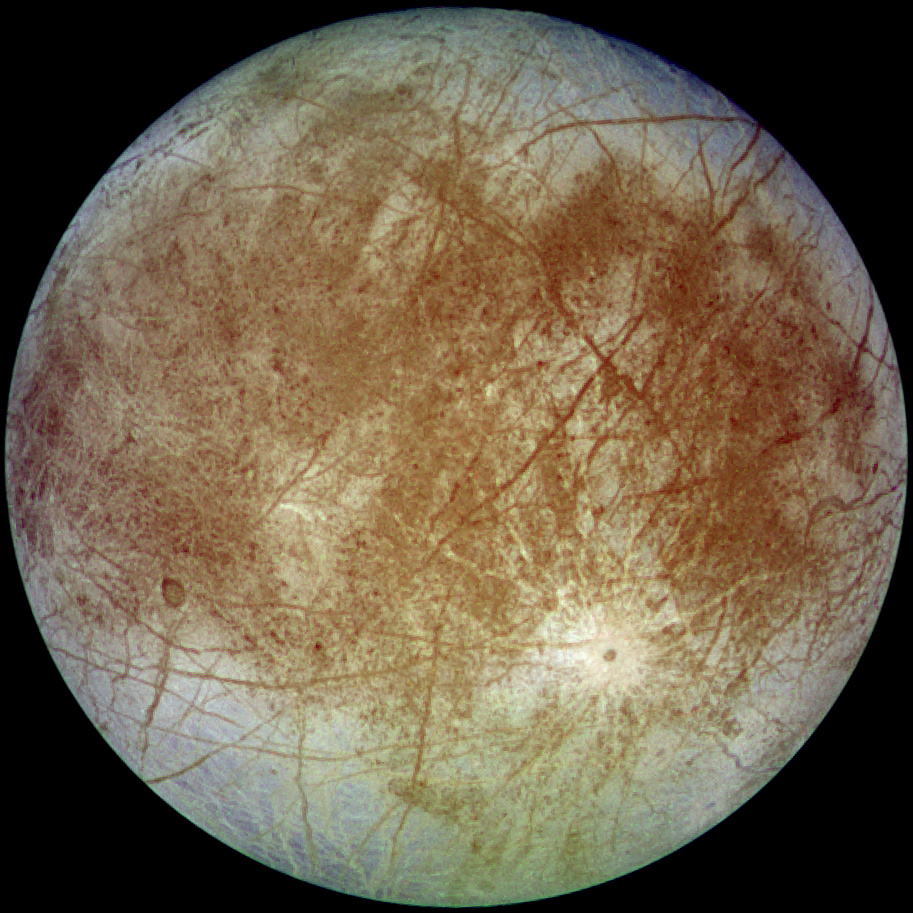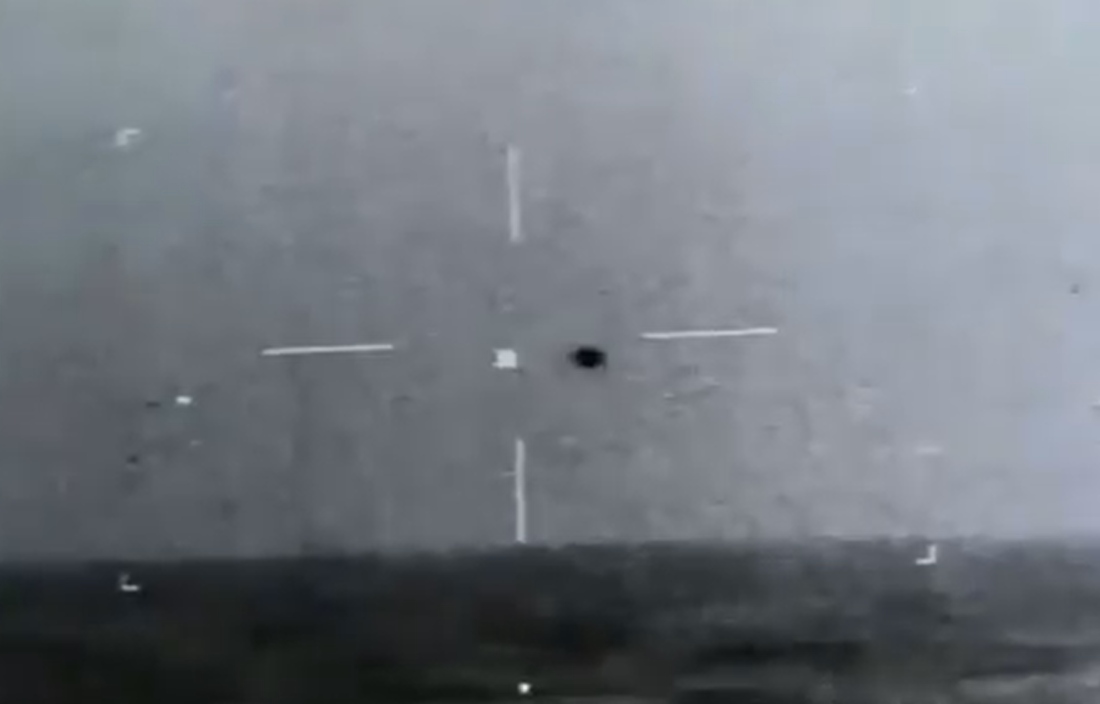
Advertisement
Of all the bodies in our solar system (aside from Earth), Jupiter’s moon Europa is thought to be one of the most likely to support life.
NASA is planning two unmanned missions within the next ten years or so – one flyby and one landing mission – to find signs of life on Europa, or at least “evidence of habitability,” and where to concentrate the search for following missions.
Although its frozen surface is constantly bombarded with high radiation and therefore highly inhospitable to any sort of organic life, Europa is believed to contain an enormous ocean with a rocky floor underneath its frozen surface.
This rare feature (Saturn’s moon Enceladus is the only other place in the solar system where a subsurface ocean is thought to exist) makes Europa an extremely promising place to search for life.
If there really is water beneath Europa’s crust, as the evidence strongly suggests, there are also likely to be hydrothermal systems similar to those on earth where an abundance of microbial life is found.
From Sci-Tech Today:
“Below its shell of ice, Europa contains a vast inner ocean that’s thought to be in contact with its seafloor, potentially infusing the water with the energy and nutrients needed to support life. If there’s life in this deep, dark ocean, it may resemble the microbes that squirm around Earth’s seafloor and in subglacial lakes.”
NASA astronomer Jonathan Lunine added:
“Europa is provisionally a great place to go. It has a very large amount of rocks, it’s got a lot of heat [at its core], so at the base of the oceans there are undoubtedly hydro-thermal systems. Everything we know about it makes this a good [place] to look for life.”

NASA now has ambitions to send a lander to the surface of Europa in addition to its planned Europa Clipper multiple-flyby mission tentatively scheduled for launch in 2022. The landing mission could be launched within a year or two after the Clipper mission, putting a lander on Europa’s surface within a time frame only slightly longer than a decade.
In following missions, NASA hopes to drill beneath Europa’s crust and explore its mysterious hidden oceans with robotic probes, but exploring the moon at all presents a number of challenges. For example, the Europa Clipper multiple-flyby mission is designed to send the probe into a long elliptical orbit around Jupiter – rather than a close orbit around Europa itself.
Any probe locked into an orbit around Europa would soon be cooked by Jupiter’s radiation, reflected by the moon’s surface, so the mission revolves around a number of close flybys in which instruments can collect detailed information before the probe again heads for the safety of its elongated orbit around Jupiter.
The lander is expected to function for only 20 days in the high radiation, once again illustrating the difficulties of exploring Europa’s harsh surface environment.
One can only imagine the challenges associated with drilling miles beneath Europa’s crust to reach the ocean, as NASA scientists have envisioned for future missions, but there’s a tantalizing possibility that we might get a chance to sample the contents of Europa’s ocean without having to drill at all.
There is telescopic evidence of huge plumes escaping from apparent fissures within Europa’s crust, spewing water vapor and other particles high into the moon’s thin atmosphere. The Europa Clipper mission may have the opportunity to to not only confirm their existence but also “sample” these plumes and learn something about their chemical makeup.
The confirmation that life exists elsewhere in our solar system seems practically inevitable at this point, and Europa may indeed be the place where the first real proof is discovered.
Sources:
Submit a correction >>
This article may contain statements that reflect the opinion of the author
Advertisement
Advertisements















